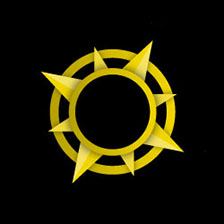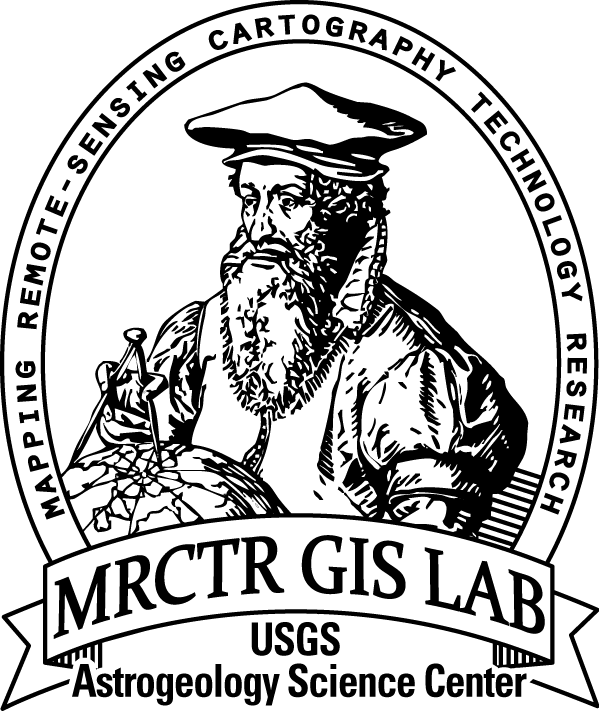Sol 671 Update on Curiosity from USGS Scientist Ryan Anderson: Long Drive
25 June 2014After a 107 m drive on sol 670, we are now in Shoshone quad, and just 160 m from the edge of the landing ellipse! The sol 671 plan is a lot like the sol 670 plan, with a 3 hour drive as the main activity. These long drives often use visual odometry, where the rover takes pictures along the way to monitor how the drive is going and avoid obstacles. This is a great capability, allowing us to drive farther than we could otherwise, but a side effect is that it produces a lot of data. The result: less data available for science observations.
All of which is to say that today was another data-constrained sol. There’s always a way to squeeze some science in though! Today’s plan has a color stereo image of a rock dubbed Lost Burro, a ChemCam passive observation of the sky, and a NavCam movie of the sky looking for clouds. (Passive means that we don’t fire the laser, we just passively collect the spectrum of the target.) We also managed to squeeze a ChemCam measurement of our titanium calibration target and a MAHLI end-of-drive stowed image between the orbiter communication passes. And of course, we always do routine environmental monitoring with RAD, REMS, and DAN. Plus, after each drive we take clast survey images of the ground with Mastcam. Not bad for a data-constrained sol!
Dates of planned rover activities described in these reports are subject to change due to a variety of factors related to the Martian environment, communication relays and rover status.










